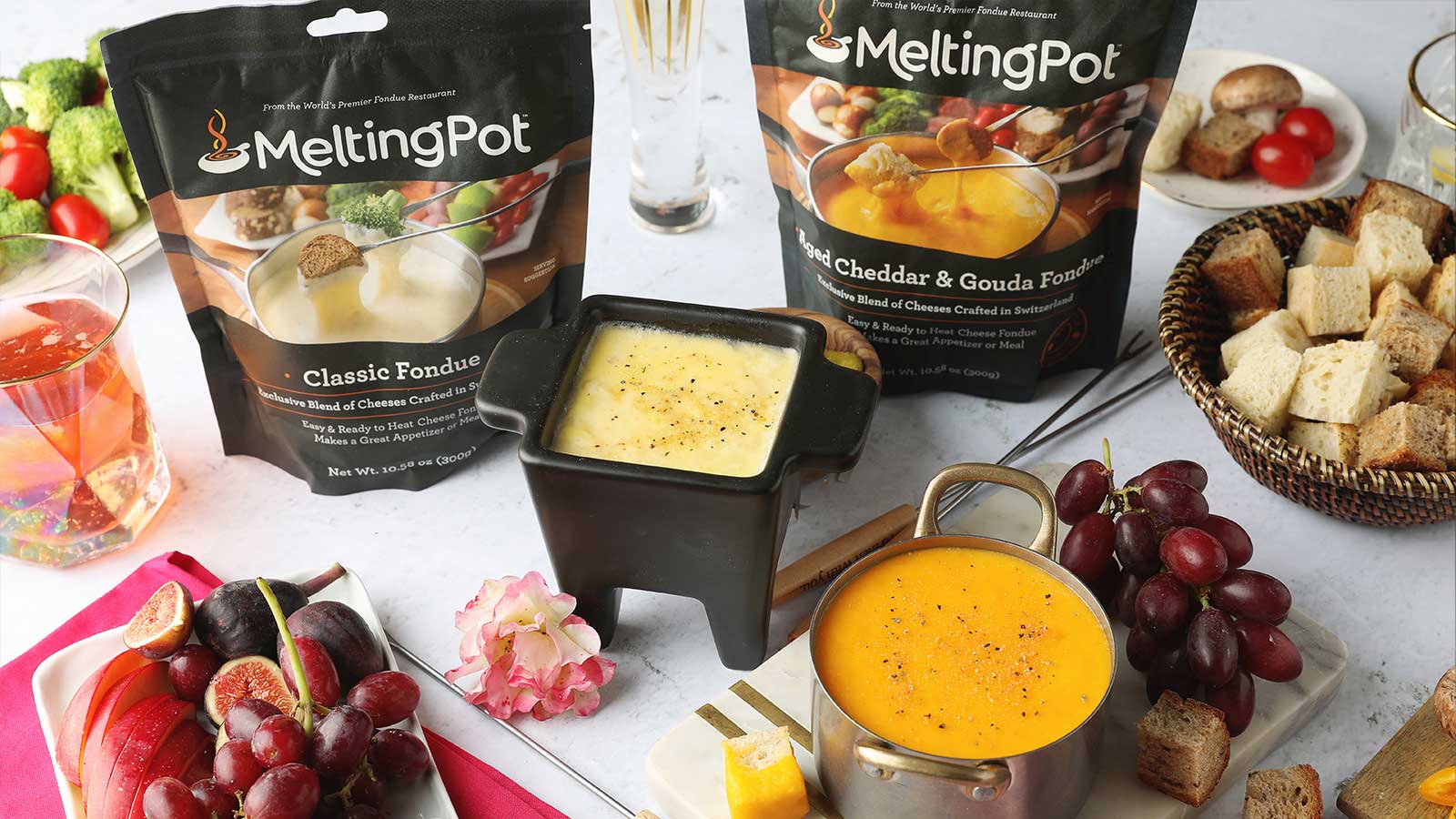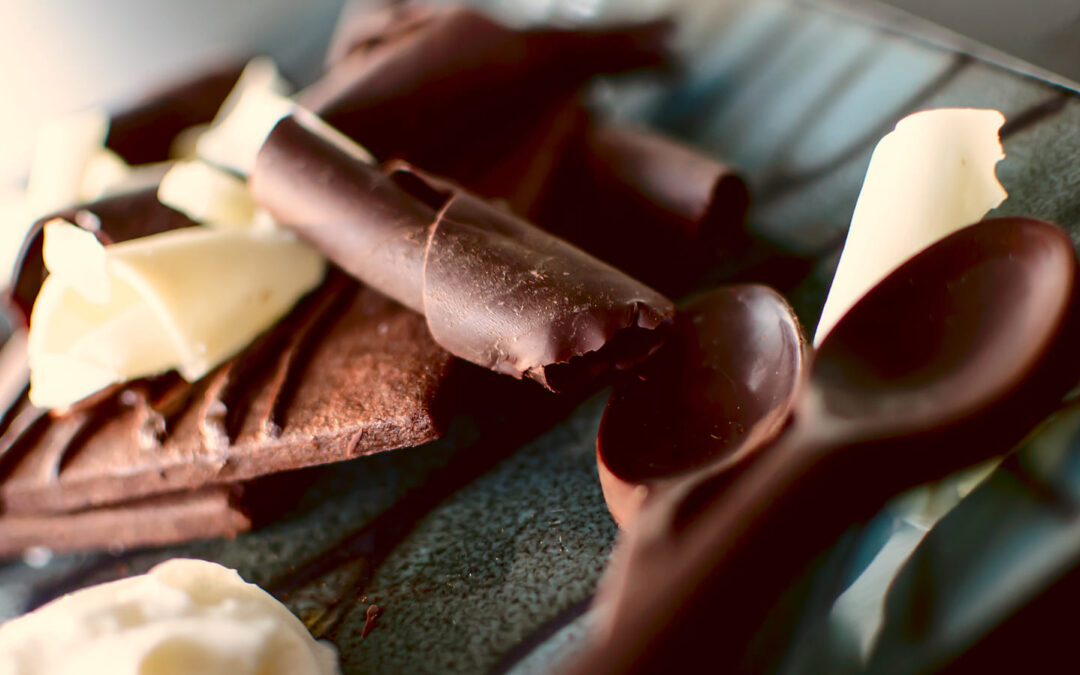The dessert industry is thriving, driven by consumer demand for indulgent experiences and premium treats. Entrepreneurs looking to capitalize on this trend have a wealth of opportunities to carve out their niche. From traditional bakeries to interactive dessert experiences like fondue restaurants, starting a dessert business can be both rewarding and profitable. This guide provides insights into how to start a dessert business, exploring costs, creative ideas, and market demand.
Top Dessert Business Ideas for Aspiring Entrepreneurs
When considering dessert business ideas, it’s important to choose a model that aligns with your skills, target audience, and market trends. Below are some popular options:
- Traditional Bakery Dessert Business Model: These focus on baked goods such as cakes, cookies, and pastries. Bakeries can cater to walk-in customers or specialize in custom orders for events like weddings.
- Cupcakeries: Cupcake-focused businesses offer customizable options with unique flavors and designs. They are ideal for themed events and have strong social media appeal.
- Dessert Bars: These establishments provide a casual environment where customers can enjoy a variety of Instagram-worthy desserts paired with beverages like coffee or wine.
- Specialty Dessert Businesses: These include gourmet cookies, keto-friendly treats, or vegan desserts. Specialty options cater to dietary preferences and niche markets.
- Experiential Dining Concepts: Fondue restaurants like The Melting Pot combine dining with interactive dessert experiences, offering customers the chance to dip fruits and pastries into melted chocolate—a unique way to boost revenue.
Current Dessert Market Trends Influencing Consumer Demand
The dessert industry is shaped by evolving consumer preferences. Understanding these trends is key to successfully starting a dessert business:
- Premium Experiences: Consumers are willing to pay more for high-quality desserts that offer indulgence and uniqueness.
- Dietary-Friendly Options: Gluten-free, vegan, and keto desserts are increasingly popular among health-conscious consumers.
- Social Media Appeal: Instagram-worthy desserts with vibrant colors and creative designs attract younger audiences and drive free marketing.
- Interactive Dining: Experiential concepts like fondue dining provide memorable experiences that encourage repeat visits.
How Much Does it Cost to Start a Dessert Business?

Understanding how much it costs to start a dessert business is crucial for financial planning. For instance, starting a dessert bar business can cost significantly less than most businesses, ranging anywhere from $12,000 to $27,209. Source Costs vary depending on the business model but typically include the following:
| Expense Category | Estimated Cost Range | Description |
| Location & Lease | $10,000 – $50,000/year | Rent for commercial space in high-traffic areas. |
| Licenses & Permits | $300 – $2,000 | Food service licenses and health department approvals. |
| Equipment | $15,000 – $30,000 | Ovens, mixers, refrigerators, fondue pots (for experiential dining). |
| Ingredients & Inventory | $5,000 – $10,000 | High-quality ingredients sourced locally or through vendors. |
| Interior Design & Decor | $8,000 – $20,000 | Creating an inviting atmosphere that reflects your brand personality. |
| Marketing & Branding | $5,000 – $15,000 | Social media campaigns, website development, and grand opening events. |
| Staffing Costs | $20,000 – $40,000/year | Salaries for chefs and customer service staff. |
Essential Steps to Starting A Desert Business
Follow these actionable steps to launch your venture:
1. Conduct Market Research
Analyze competitors and identify gaps in the market. Determine your target audience (e.g., millennials seeking Instagram-worthy desserts or families looking for interactive dining). Use surveys or focus groups to refine your offerings.
2. Develop a Business Plan
Outline your concept (e.g., bakery vs. fondue restaurant), menu strategy (seasonal vs. fixed), operational processes, staffing needs, and financial projections.
3. Secure Funding
Explore funding options such as small business loans, crowdfunding platforms, or partnerships with local businesses. Presale vouchers can also generate upfront cash flow.
4. Choose a Location
Select a high-visibility location with ample foot traffic. Negotiate favorable lease terms and ensure compliance with zoning regulations.
5. Design Your Space
Invest in decor that enhances the customer experience—whether it’s cozy seating for a bakery cafe or sleek fondue stations for interactive dining.
6. Build Your Menu
Craft a diverse menu that balances traditional favorites with experiential dining concepts. Fondue restaurants like The Melting Pot, offer customizable chocolate blends paired with fruits and pastries.
7. Obtain Licenses & Permits
Register your business and acquire the necessary food service licenses from local authorities.
8. Invest in Equipment
Purchase reliable kitchen tools tailored to your menu offerings—fondue pots for dipping stations or ovens for baking gourmet cakes.
9. Hire Skilled Staff
Recruit chefs with expertise in dessert preparation and train front-of-house staff in hospitality management.
10. Launch Marketing Campaigns
Leverage social media platforms like Instagram and TikTok to showcase your desserts’ visual appeal. Host pop-up events or collaborate with influencers to build buzz around your brand.
Case Study: The Melting Pot’s Success in Experiential Dessert Dining

So, what makes The Melting Pot such a compelling example of how to thrive in this market?
1. Interactive Dining = High Engagement
The Melting Pot’s fondue concept allows guests to dip fruits, cakes, and pastries into molten chocolate right at the table. This hands-on approach fosters engagement, delight, and a longer dining experience—leading to higher per-visit revenue.
2. Combining Dinner and Dessert
While many dessert shops are standalone, The Melting Pot smartly incorporates dessert as the grand finale of a full meal. By anchoring dessert within a broader menu, the brand captures a larger share of wallet. Fondue restaurants can offer add-ons like premium chocolate blends or specialty dipping items.
3. Special Occasion Destination
The Melting Pot positions itself as a go-to for celebrations, date nights, and group outings. These moments call for something indulgent and memorable, making dessert a centerpiece rather than an afterthought.
Fondue restaurants such as The Melting Pot differentiate themselves by combining dining with dessert experiences. This unique approach caters to consumers seeking both indulgence and entertainment, making it an attractive option for entrepreneurs exploring experiential dining concepts.
Final Thoughts
Starting a dessert business requires careful planning but offers immense opportunities for creativity and profitability. Whether you choose traditional baking or experiential dining models like fondue restaurants, success hinges on understanding market demand and delivering exceptional customer experiences.
Interested in starting a dessert business with a proven concept? The Melting Pot offers franchise opportunities that come with built-in brand recognition, marketing support, and a tested operational model. Contact us today!

